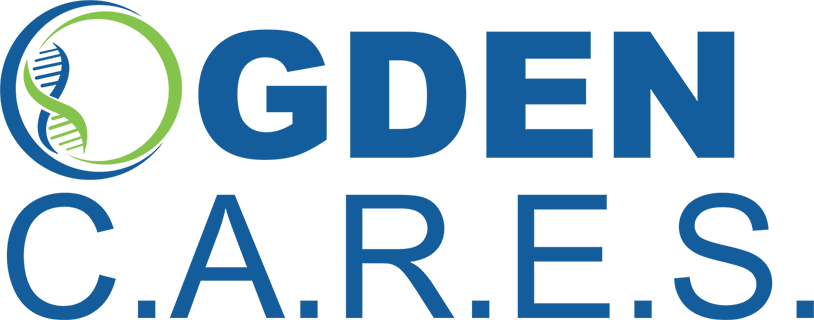Therapy Related Services
Ogden Syndrome Therapy Services
Beginning from a very young age, even before reaching age one, children with Ogden Syndrome can begin to greatly benefit from a variety of types of therapy services. Often, and especially as children get older, they may participate in more than one type of therapy on a regular basis, as either one-on-one sessions or co-treatments.
While it’s true that every child progresses at their own pace, therapists can help our kids attain and keep their skills. Therapists can also be an important resource in determining if a child needs medical equipment or assistive technology and in providing justification of these needs to your insurance company.
Conventional Therapies for Ogden Syndrome or NAA10

Physical Therapy

Occupational Therapy
Occupational therapy (OT) helps individuals develop fine motor, visual motor, and sensory motor skills through the therapeutic use of daily activities (occupations). For our children, this means helping our children participate in school and social situations by improving their functional ability to perform daily activities by adapting the environment and/or task to the individual. Daily activities may include feeding, dressing, toileting, writing, etc.
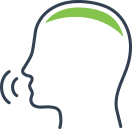
Speech and Language Therapy

CVI/Vision Therapy
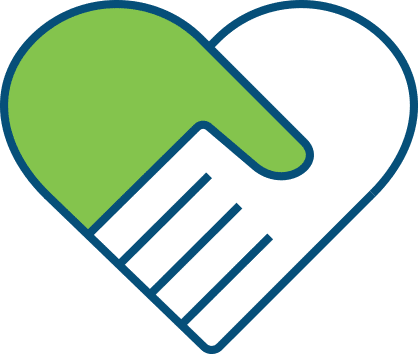
Applied Behavioral Analysis Therapy
(ABA Therapy)
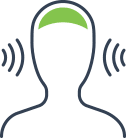
Intensive Therapy
Specialized Therapies

Hippotherapy

Aquatic Therapy
Aquatic therapy is an alternative to more traditional land therapy, allowing the child to move their body more freely while relaxing their muscles. Some of the benefits of aquatic therapy include improved strength, range of motion, postural support, and aerobic strength. Many of our kids love being in the water, so this is a great alternative or addition to traditional therapy. Therapy-Related Services
